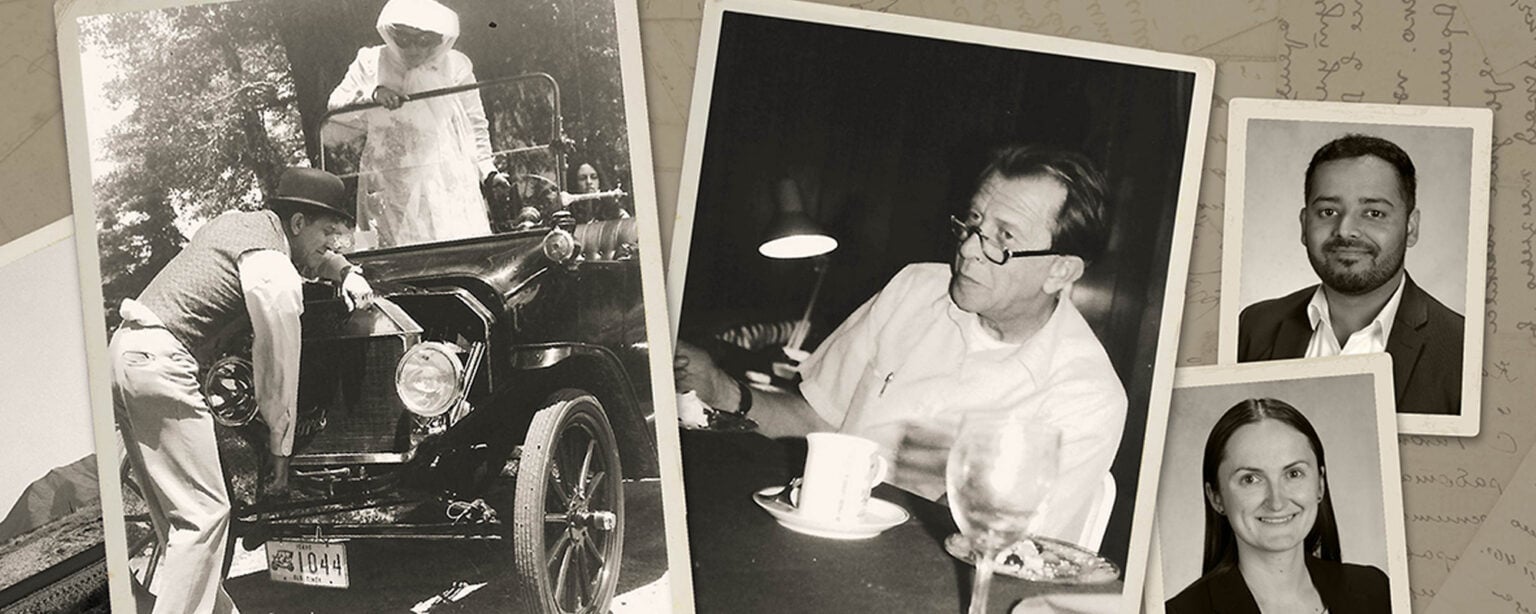Lisa Scott, an INL postdoc administrative assistant, grew up next to Russell L. Heath. “Our backyards touched,” Scott said. “As a young girl, I never knew the extent of Russ’ education and contributions to the INL research. He was always a kind, genuine neighbor and family friend. He had a talent for restoring old Model T type cars.”
Deborah Heath, Russell Heath’s daughter, remembered that, along with his passion for restoring antique cars, he ran his own hobby business — Snake River Antique Ford — selling parts for Model T and Model A Fords to his fellow vintage car enthusiasts.
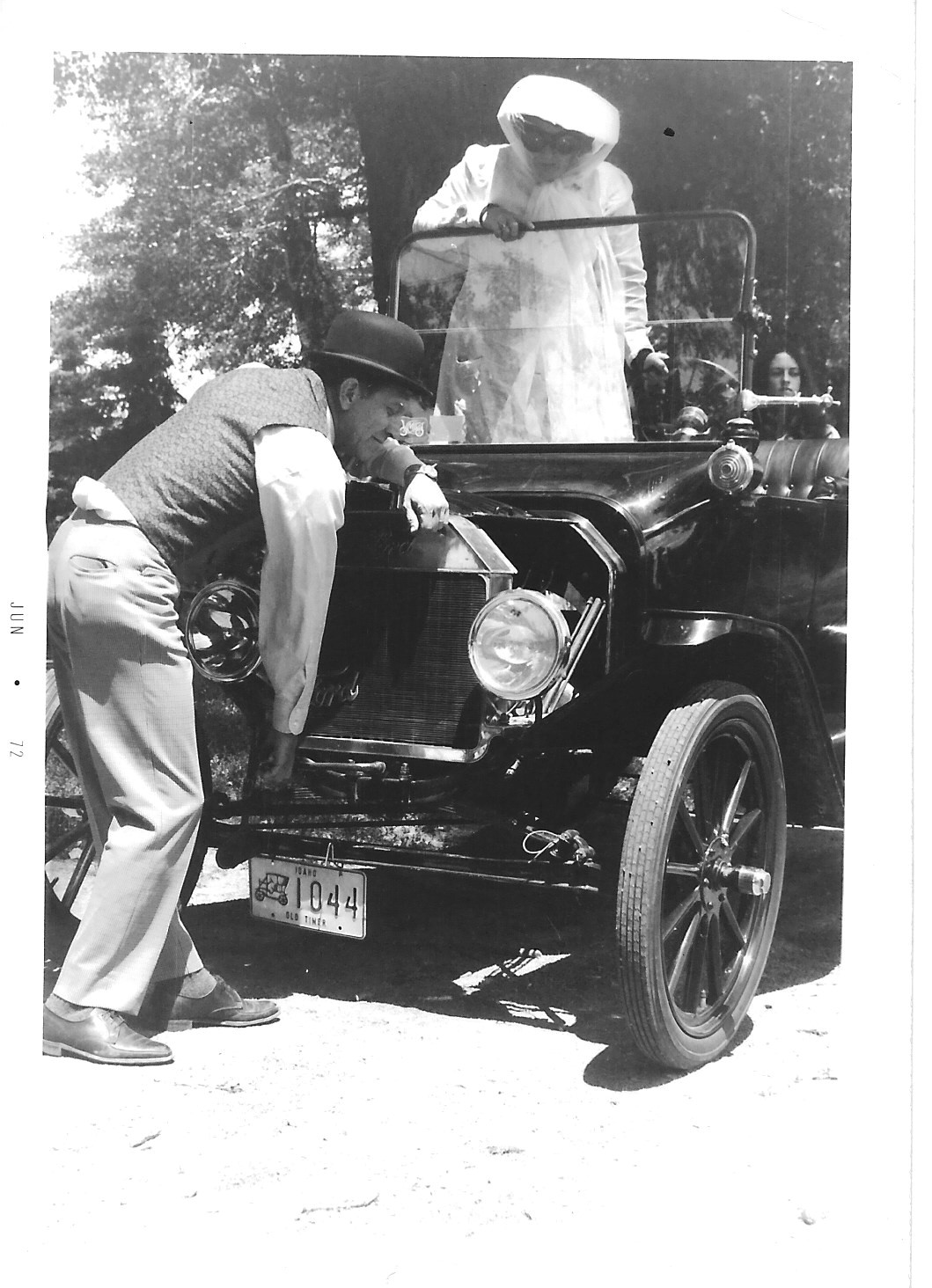
“They would join him on rust hunting expeditions, scouting for the hulks of old cars on farms and ranches,” she said. “On one of those sorties, he found the remains of a 1924 Packard that he lovingly restored to its original glory.”
In his professional life, Russell La Verne Heath (June 1926 – October 1997) was known for his work in gamma-ray spectrometry related to nuclear instrumentation. Gamma-ray spectrometry measures the energy and intensity of gamma rays emitted by radioactive substances. It is an essential tool in nuclear science and technology due to its ability to identify and quantify different radionuclides based on their unique gamma-ray emission spectra.
Heath earned a bachelor’s degree in physics from Colorado State University and a master’s degree in physics from Vanderbilt University, Tennessee. After working at Oak Ridge National Laboratory for a couple of years, he moved to the National Reactor Testing Station, now known as Idaho National Laboratory (INL), in 1951.
Heath spent 34 years at INL conducting nuclear research. He is renowned for publishing an extensive series of gamma-ray spectrum catalogs, widely used by researchers in government labs, academia, and industry.
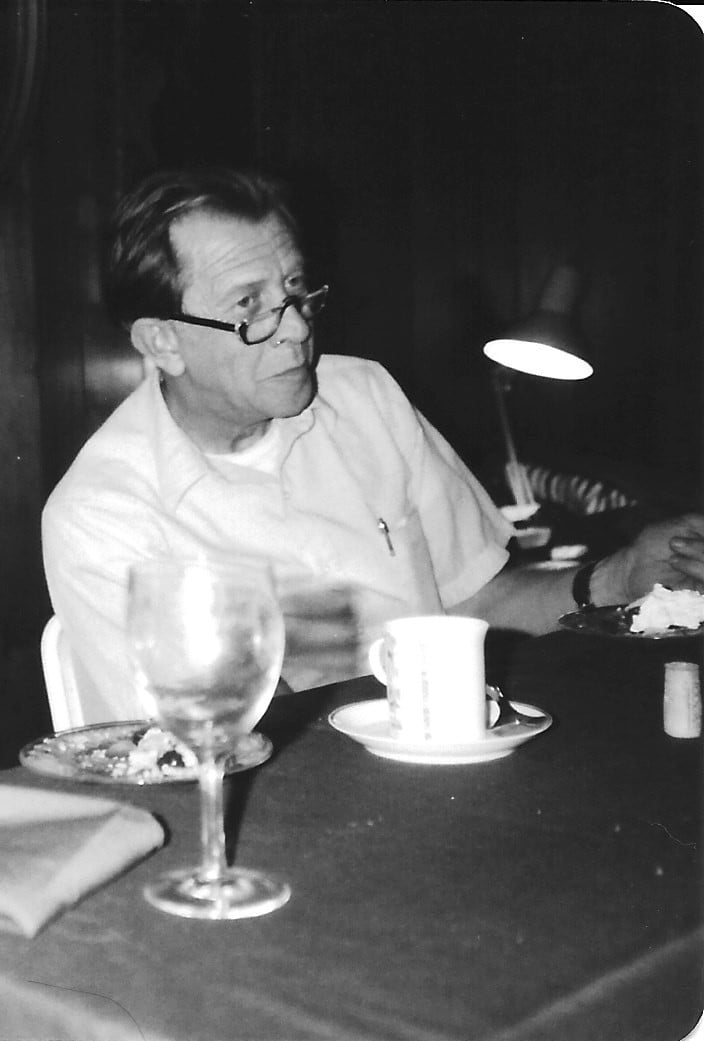
Gamma-ray spectrometry is vital for the safe and efficient application of nuclear technology in various domains.
In 2016, INL honored Heath’s contributions to nuclear science by establishing the Russell L. Heath Distinguished Postdoctoral Associate program to attract researchers broadly represented in the fields of nuclear engineering, materials science, computational science, separations science, power engineering, wireless technology and systems analysis.
Through its distinguished postdoc program, INL supports early-career scientists and engineers dedicated to advancing nuclear energy, addressing key challenges and contributing to a safer, cleaner future.
Here are two of INL’s Russell L. Heath postdocs and their research:
Parikshit Bajpai was born and raised in Lucknow, India. “My interest was always piqued by understanding how things around me functioned,” he said. This curiosity led him to pursue an undergraduate degree in mechanical engineering. Bajpai initially hoped to design Formula 1 race cars.
He joined the master’s program in nuclear engineering at Politecnico di Milano, then completed a Ph.D. in modeling and computational science from Ontario Tech University, developing computational thermochemistry codes for the Department of Energy’s Nuclear Energy Advanced Modeling and Simulation, or NEAMS, program.
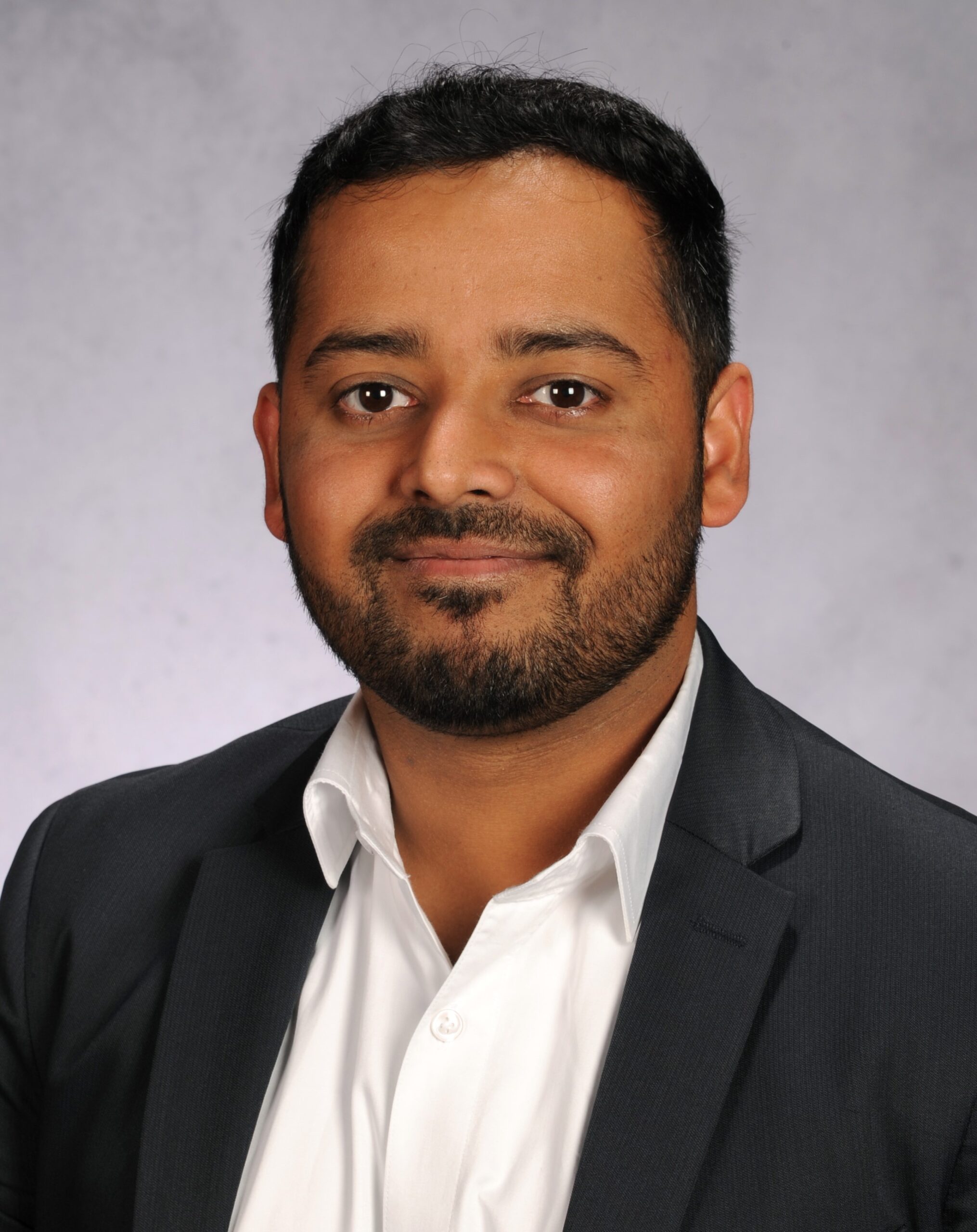
He is currently accelerating multiscale, multiphysics simulations involving computational thermochemistry through machine learning, active-learning surrogate models and advanced data handling techniques. “It’s an exciting field with a lot of potential to revolutionize how we approach complex simulations,” he said.
Bajpai takes pride in the knowledge that several demonstration reactors are planned for INL, especially when he sees some of the Multiphysics Object-Oriented Simulation Environment (MOOSE) codes to which he contributed being used in various simulations. “Looking at the progress and knowing I’ve had a hand in it makes me pretty proud,” he said.
Hanna Hlushko is from Belarus. She explains that is “where a major part of radionuclides ejected to the atmosphere precipitated after the Chernobyl nuclear explosion in 1986.” Hlushko remembers the lessons at school about the dangers of the high radiation level in some forests or eating unwashed produce from the garden. “I could not understand what radionuclides meant at that time,” she said.
The book “Voices from Chernobyl” by Belarusian author Svetlana Alexievich provided Hlushko with some answers, sparked her interest in science and led her into chemistry. She completed her bachelor’s and master’s degrees in chemistry at Belarusian State University. Later, she finished her Ph.D. in materials science and engineering at Texas A&M University.
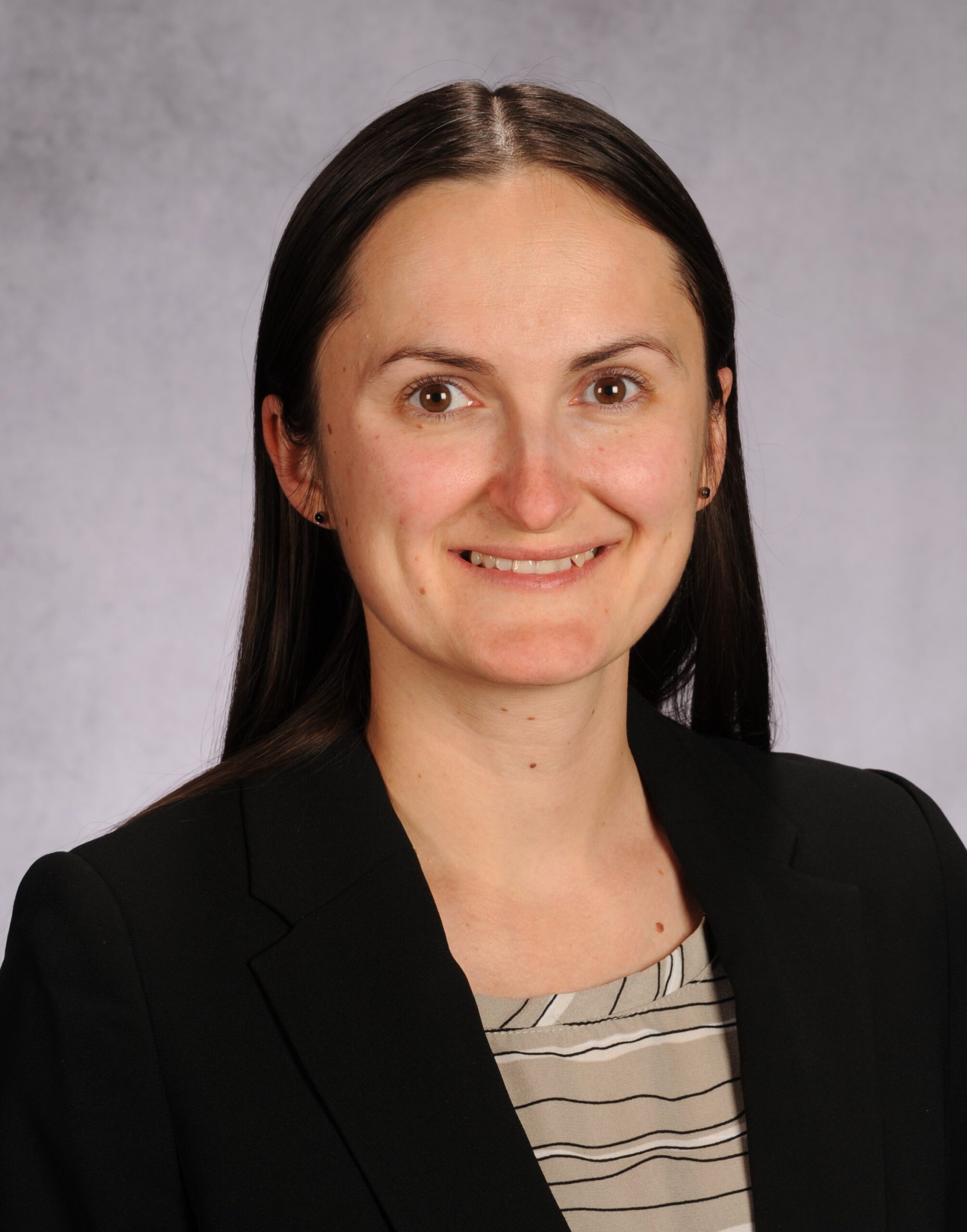
Hlushko’s research examines if ceramic nanofiber mats can boost hydrogen production from water when exposed to gamma radiation and whether these fibers act as a reusable catalyst or degrade over time.
She counts on the support of her colleagues, both inside and outside her area of expertise, to perform her work. “It is fantastic how many different talents are gathered at INL and how compassionate and willing everyone is to help,” she said.
Hlushko praised the new professional development program for postdocs at the lab. “It helped me to invest some of my time at work into finishing research manuscripts for the projects done during my previous appointment at the University of Notre Dame Radiation Laboratory, improving my work-life balance,” she said.

